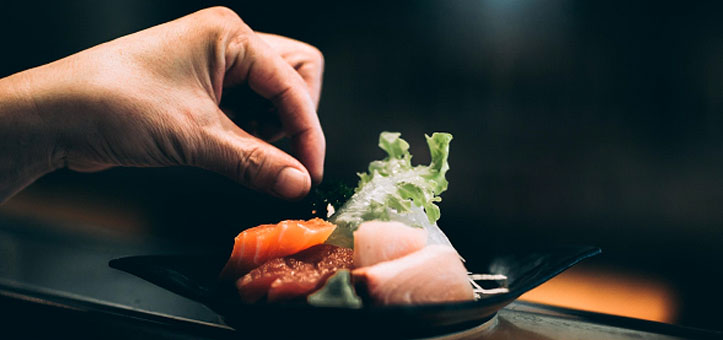4 Things to Know Before Becoming a Qualified Food Manager in the State of Texas

Good management skills can make or break a business - particularly in the restaurant industry. A highly qualified manager can mean the difference between a well-run kitchen and complete disarray. And when your entire staff is in the weeds during a lunch rush, there’s no room for error. In most states - particularly Arizona, California, Florida, Texas, New Mexico and Illinois - food managers play a key role both inside and outside the kitchen, every day. In Texas, the state laws may require that you’re certified to be a food manager before you clock in, but your staff and customers benefit from your certification, too.
So what does it take to become a qualified food manager in the state of Texas? We’ve listed everything out for you to make it easy:
1. It starts with the certification
You must be food manager certified to properly operate a restaurant in the state of Texas. Here’s usually what that entails:
- First of all, there are no prerequisites to sign up for your certificate.
- The cost for training typically runs at $45, and for training, plus the exam, it’s $85.
- Audio capabilities might be included with some courses, but it’s not a requirement and every course should come with a written training packet.
- Check to make sure that your food manager exam is approved by the Texas Department of State Health Services. That ensures that your permit holds up under scrutiny or god forbid - a health inspection.
- You will need to take your Photo ID, certificate, and any additional fee to your local health department.
- Your health department will issue a Food Manager Card and will catalog your information as a recognized Food Protection Manager within the State of Texas.
2. Understand proper hygiene techniques
This should come naturally, but just in case you need a quick guide, this will be a part of your training / certification, so study up.
Proper hygiene techniques not only help your staff to follow a good lead, but keep your patrons safe and your establishment in the clear. Here are some great rules of thumb to start:
- Wash your hands with hot water for more than 30 seconds after using the bathroom, after cleanup, at the start of your shift and end of the day, or in between switching from meats to vegetables.
- Always keep a separate cutting board for meats, and another cutting board for everything else. You never want to mix these two or cross-contaminate. The same goes for the knives you use for the meats.
- Make sure your hair is always up, and in a net. If you have a beard, you’ll want a net for that, too.
3. Understand adequate food prep times
Timing is everything, and it’s even more important when it comes to food prep. We’ve written about this before, but make sure your food is cooked long enough, hot enough, and if it’s stored in the freezer, contained properly and for no longer than prescribed by the Centers for Disease Control (CDC). Here are some rules of thumb to follow:
- With pork, ham and seafood, the safe minimum cooking temperature should be 145 degrees Fahrenheit, egg dishes are at 160 degrees Fahrenheit, and ground meat, beef, veal and lamb are at 165 degrees Fahrenheit.
- Maintain a temperature of 0 degrees Fahrenheit in your freezer for proper long-term storage.
- Salads last 3-5 days in your freezer, while chops last 4-6 months, and chicken lasts 9-12 months.
4. Stay organized, stay productive
This is just the beginning to being a good manager. The biggest thing that contributes to keeping your staff happy, on top of everything else we’ve listed above, is good organization skills. For a kitchen that is hopefully as busy as yours is, your staff wont have time to sort through piles of uncut onion, or peel garlic. It’s best to start chopping the morning of and store in sealed containers for the day, and throw away the rest at the end of the day. Have everything labeled, but most of all, take care of your staff.
We’ve written about this before as well, but studies have shown that a happy staff will be up to 12% more productive. Google, for example, achieved this by implementing employee satisfaction programs. These programs were aimed at supporting staffers, giving them positive reinforcement, encouraging team building activities, frequent breaks in between projects, and more. Just by doing this, they saw a 37% increase in employee satisfaction.
At the end of the day, some of what we’ve written above is not a legally-binding list of qualifications to becoming a food manager, but they are tips to help you become a great one. For more information on how to get food manager certified, check out our certification program here.

